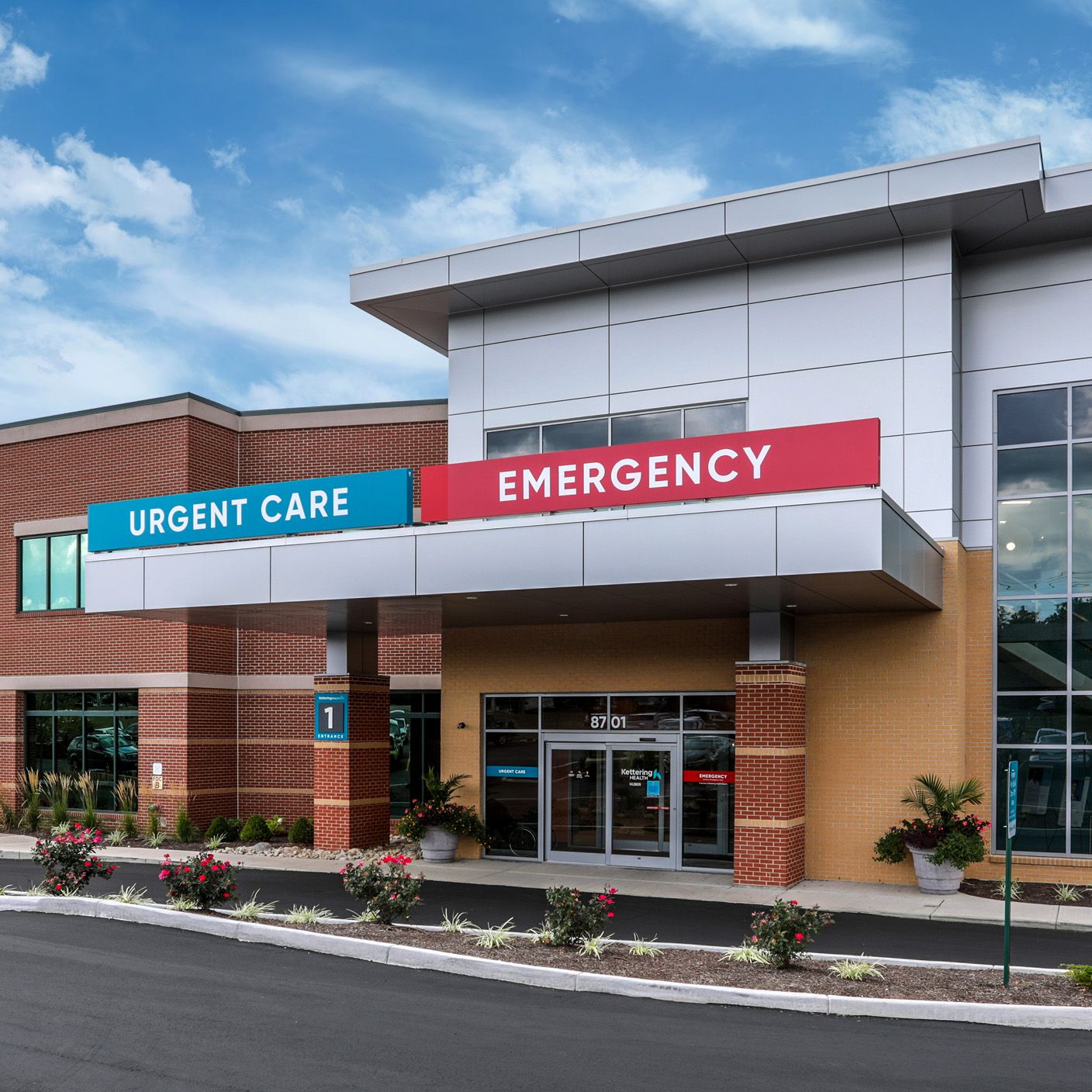Urgent Care
Want to learn more about this at Kettering Health?
According to the National Center for Health Statistics, emergency departments in the U.S. receive about 130 million visitors annually. Pre-pandemic, nearly a quarter of U.S. adults visited an emergency department at least once a year.
But how many of those trips could have been avoided? Dr. Nancy Pook, emergency medicine physician and medical director of the Kettering Health Operations Command Center, says there are plenty of cases when going elsewhere could result in better health outcomes for the patients.
Chronic but less severe symptoms
If you’re ill or experiencing pain, consider how severe the symptoms feel. If it’s not a life- or limb-threatening situation, your primary care physician is your best resource.
“Before immediately going to the ER, check in with your primary care doctor first,” Dr. Pook says. “If you’re experiencing lingering symptoms, they’ll be able to figure out your healthcare options.”
For example, the emergency department isn’t the most helpful resource for chronic headaches. Your primary doctor may refer you to a neurologist to develop a more long-term plan for curing those headaches.
Respiratory infections are among the most common emergency department cases. For a minor cough or cold that doesn’t include other debilitating symptoms, most people will recover on their own at home.
“However, if a patient is at higher risk from COVID-19 or the flu, then they should touch base with their primary care doctor and get tested,” Dr. Pook recommends.
Kettering Health’s On-Demand Care clinics are also a resource if your primary care doctor is unavailable or if you don’t have a primary care doctor. “If a chronic or minor problem seems to be getting worse, the On-Demand Care clinics may be the best destination,” Dr. Pook says. Providers at the clinics commonly treat things like bladder infections, bronchitis, and bug bites.
If you’re hit with chest pain, you can’t breathe, and you’re sweaty, call 911 immediately.
Nancy Pook, MD
Urgent care or the emergency department?
Urgent care facilities and emergency departments provide different services.
Head to urgent care if you need a physical exam, a strep test, or a “return to work” note.
If you have only one issue or a relatively minor symptom, then urgent care should suffice. For example, urgent care is a good option for needing a COVID-19 test.
Urgent care providers can also handle simple cuts and lacerations. However, wounds with a lot of pus are more serious and should be treated by the emergency department.
When emergency care is the best option
Chest pain and abdominal conditions are the most common reasons people visit an emergency department. Severe pain should never be ignored, especially if accompanied by associated symptoms. It’s a good idea to know the location of the closest emergency department and plan how to get there.
“If you’re hit with chest pain, you can’t breathe, and you’re sweaty, call 911 immediately,” Dr. Pook says. “Lightheadedness, high fever, and shortness of breath are all signs that something more serious may happen.”
Dr. Pook explains this is where the expertise of the emergency department becomes a crucial factor. “Physicians in the ER can take chest X-rays to look for pneumonia, start IV lines, and provide fluids. Urgent care typically isn’t equipped for this kind of treatment.”
Dr. Pook also recommends emergency care for patients suffering from severe sprains. “If you can’t move the limb, or if there’s a significant deformity, then we’d want to take X-rays immediately.”
She also says patients with hand or face injuries are generally sent to the emergency department. “We have years of experience in treating those types of wounds.”










